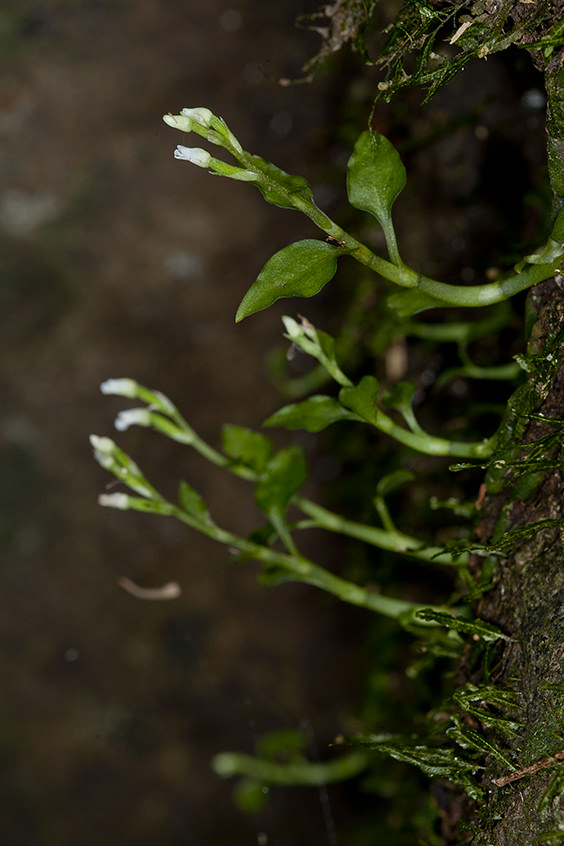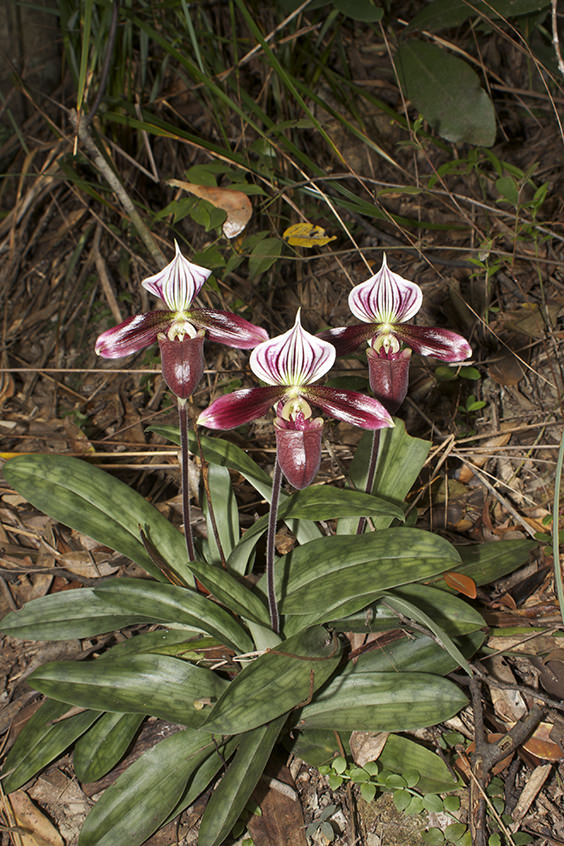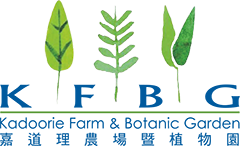
In order for conservationists to address the looming biodiversity crisis, it is useful to know which species are closest to the brink of extinction. Estimating a species’ extinction risk requires an objective method that can be applied universally, such that the resulting inferred status is directly comparable to that of another. The International Union for Conservation of Nature (IUCN) developed the Red List Categories and Criteria precisely for this purpose.
Red Listing involves quantifying various biological parameters pertaining to a species’ occurrence, abundance and population trend (whether stable, increasing or decreasing), as well as the severity of the threats it faces. Owing to a growing range of anthropogenic factors, species may be threatened for many reasons, from wholescale habitat destruction, urbanisation, agriculture and plantation forestry, to collection from the wild for a variety of commercial uses, for example as pets, medicines, ornamental plants and food. The Red Listing framework sets forth criteria and thresholds, by which it is possible to derive a relative indication of how perilous an individual species’ status can be considered. The scale for this measure ranges from Least Concern (LC) for species that are doing well, to Critically Endangered (CR) for those perceived to be at imminent risk of extinction.


Normally, this approach is followed for any species (plant, fungus or animal) across its entire global range, regardless of which countries it is found in. However, in view of the fact that conservation is often administered within particular jurisdictions, the method can be adapted to generate a regional assessment for a species within a specific country or territory, such as Hong Kong.
Working with the Hong Kong SAR Government, KFBG botanists have undertaken a comprehensive Red List assessment of all of Hong Kong’s 135 native orchid species. The work falls within the scope of Hong Kong’s commitment to the development of a Biodiversity Strategy and Action Plan (BSAP). The results highlight species most in need of conservation action, enabling prioritisation and the development of Species Action Plans.
